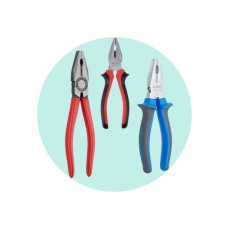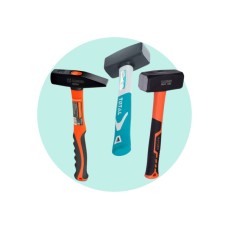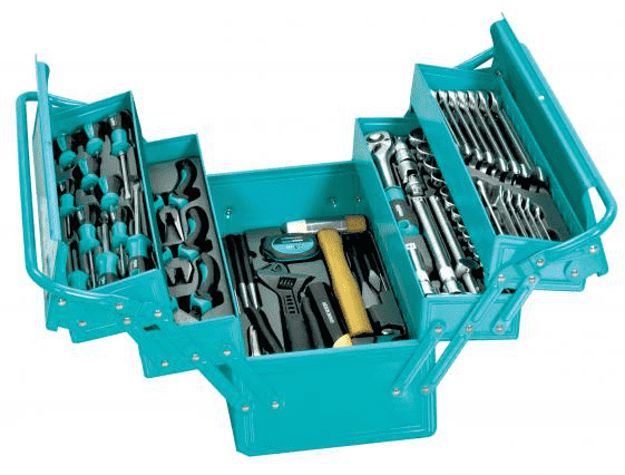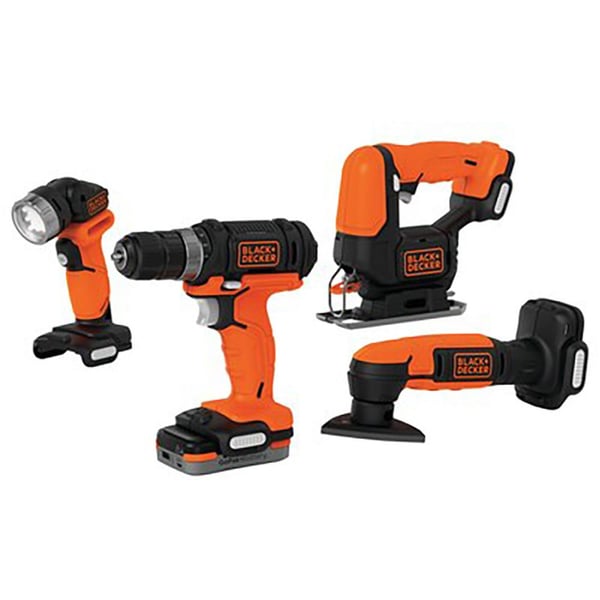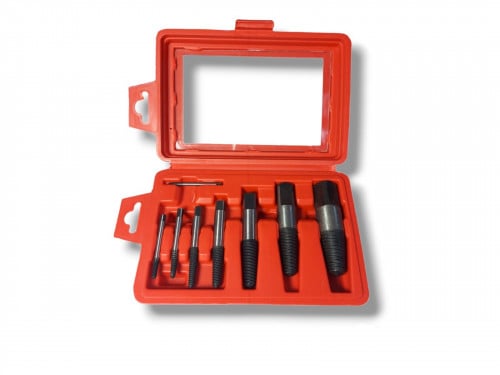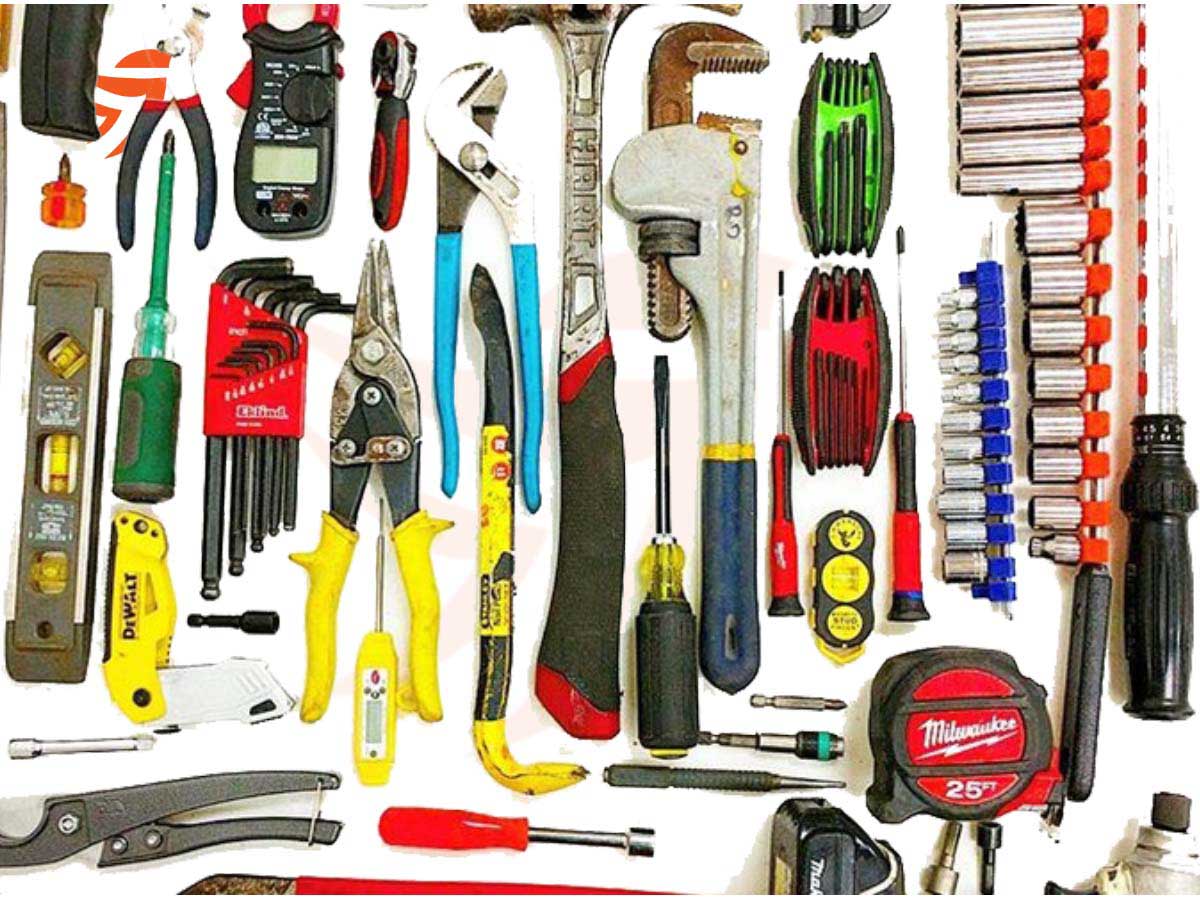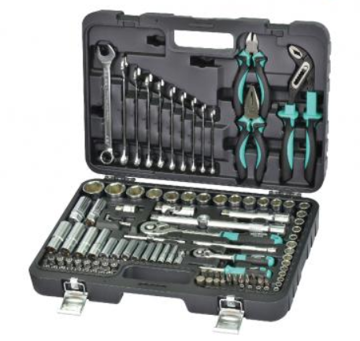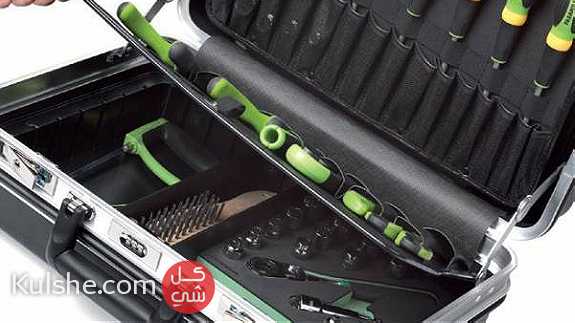
عدد HAZET الالمانية عدد يدوية للخدمات الشاقة💪 💪 كل انواع العدد اللي هتحتاجها لمركز خدمتك من - المفكات و الشواكيش - الن كي و مفاتيح العزم - اللقم... | By SMG Engineering Automotive Co. | Facebook

مجموعة معدات يدوية من 126 قطعة في صندوق عدة للاغراض الاحترافية وتلك التي تقوم بها بنفسك في المنزل، BMT126C مع ضمان لسنتين، لون برتقالي/اسود، من بلاك + ديكر : Amazon.ae: أدوات وتحسين

مجموعة أدوات إنتاي، مجموعة أدوات 173 قطعة للرجال والنساء، معدات يدوية منزلية عامة مع صندوق أدوات حمل صلب، مجموعات أدوات أساسية لإصلاح المنزل والصيانة المنزلية : Amazon.ae: أدوات وتحسين المنزل


